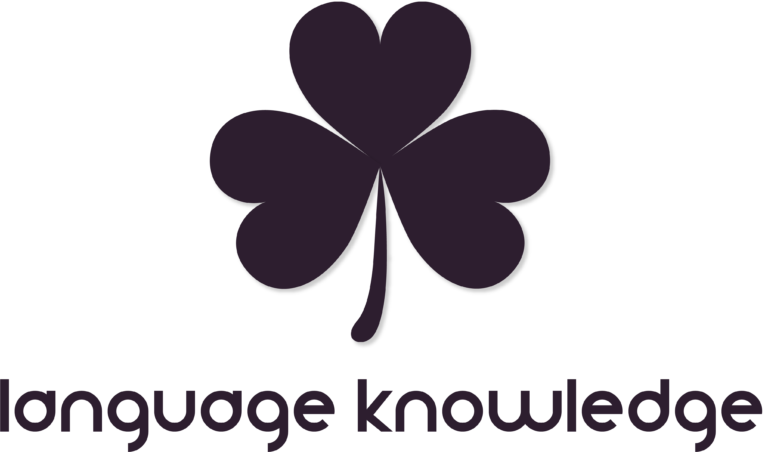Written by: Editor | Updated on: June 1, 2020 | Published on: July 6, 2017
Present Perfect Simple Tense
Present Perfect Simple Tense
Language Knowledge / English / Grammar / Present Perfect Simple Tense
Anzeige
Present Perfect Simple Tense: Usage
As a result, the present Perfect is used to describe a process that has started in the past and continues until now.
? Present Perfect Simple formation
The regular formation of the present perfect in English
Infinitive + “-ed“
Also, the formation of the “present Perfect” or German perfect English is easy. Because from a normal sentence, you only have to attach an “ed” to the end of the verb. Furthermore, a “have” or “has” is written before the verb or the signal word.
„did not“ + Infinitive
Likewise, the negation is very simple, since you only have to attach a “not” to your “have” or “has”. However, you must always follow the word order. That is, subject, predicate, Object.
Irregular:
However, there are many verbs needed for the formation of the normal sentence, which are irregular. While you are learning your vocabulary, you should also learn these “past Participles” forms (3rd Verb form). In addition, you will usually find a list of important irregular verbs at the end of your book. If you do not have a list: The 100 most important irregular verbs!
Anzeige
‼️ What you need to be aware of in perfect English!
Spelling:
1. Verb is at the end of consonant + “-y”:
Here, the “-y” becomes an “-i”:
- tidy becomes tidied
2. If the verb ends with “-e”
Thus, the formation of the simple past form, eliminates the “-e”:
- love becomes loved
- like becomes liked
3. If the verb ends with “-er”, “-ur” or “-ir”:
Thus, the “-r” doubles in the formation of the simple past form:
- prefer becomes preferred
4. If the verb ends with a consonant where there is a simple, short, stressed vowel:
Thus, this consonant doubles.
- stop becomes stopped
(Vowel = a, e, i , o, u)
Don’t be confused:
Basically, both “have not” and “haven’t” express the same thing, only when writing you should consider what intension is behind the text.
Anzeige
2️⃣ Present Perfect Simple Tense examples
Normal sentence in the simple past tense
I learned.
A negative sentence in the simple past tense
I did not learn. / I didn’t learn.
A question sentence in the simple past tense
Did I learn?
? Signalwords
Before the verb:
already
just
ever
never
At the beginning or end of the sentence:
since
for
up to now
this morning,afternoon, evening, night, week, month, year
You read: Present Perfect Simple Tense | Present Perfect Simple












